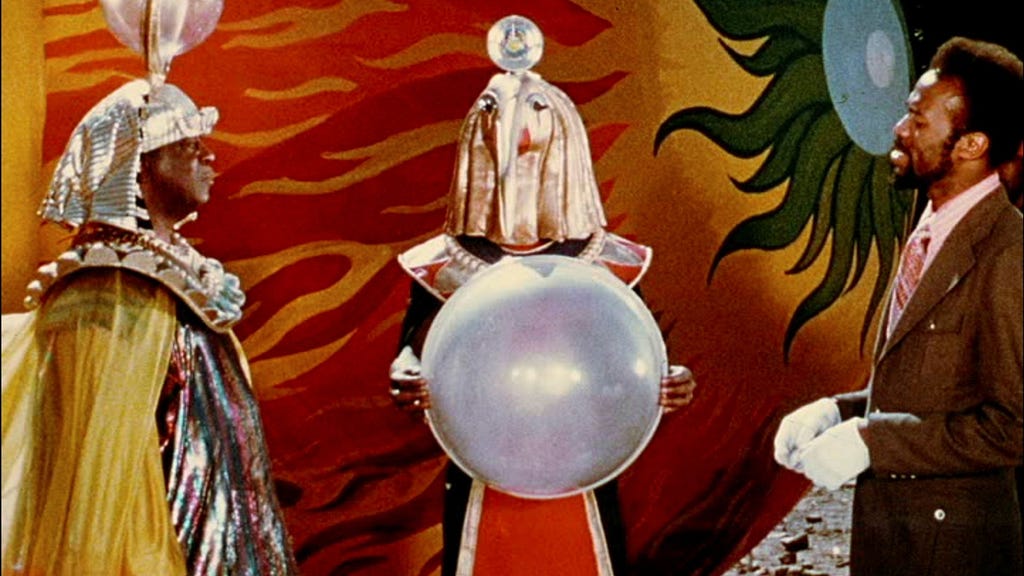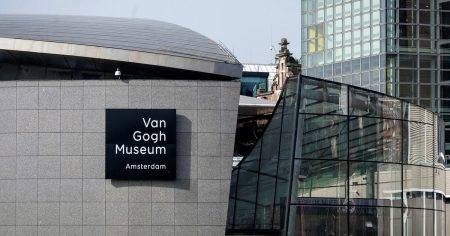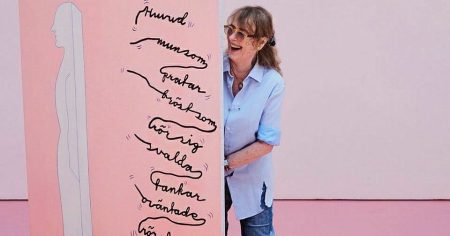Sun Ra’s Cosmic Vision and the Reclamation of Ancient Egypt
The Metropolitan Museum of Art’s exhibition, "Flight into Egypt: Black artists and ancient Egypt, 1876—now," delves into the fascinating intersection of Afrofuturism, ancient Egyptian iconography, and the contemporary Black artistic experience. Taking its cue from the writings of Frederick Douglass, who highlighted the African origins of Egyptian civilization, the exhibition challenges Eurocentric interpretations of history and celebrates the vibrant tapestry of Black artistic expression. Central to this narrative is the influence of Sun Ra, the jazz musician who claimed to be from Saturn and envisioned transporting African Americans to outer space through the power of cosmic music. This Afrofuturist vision, epitomized in his film "Space is the Place," provides a powerful lens through which to explore the exhibition’s themes of cultural reclamation, liberation, and the search for identity.
The exhibition showcases a compelling blend of serious academic analysis and captivating artistic creations. It deconstructs the biases embedded within traditional Egyptology while highlighting the work of prominent Black artists who have drawn inspiration from ancient Egyptian motifs. Works by Simone Leigh, Ellen Gallagher, Henry Taylor, Fred Wilson, and Rashid Johnson, among others, weave a rich tapestry of visual narratives that reimagine ancient symbols and connect them to contemporary Black experiences. From Jean-Michel Basquiat to Rihanna, the exhibition demonstrates the enduring allure of ancient Egypt for Black artists and cultural figures, transforming familiar iconography into a source of empowerment and self-expression.
Afrofuturism, as a cultural and artistic movement, takes center stage in the exhibition. This vibrant aesthetic, characterized by its blend of science fiction, fantasy, and African diasporic culture, imbues the exhibition with a sense of otherworldly wonder. The exhibition space resonates with the sounds of Herbie Hancock, George Clinton, and Earth, Wind and Fire, further amplifying the Afrofuturist ethos. Film clips depicting spaceships landing amidst pyramids and sphinxes intertwined with synthesizers create a surreal and captivating atmosphere, transporting visitors to a realm where ancient mythology meets futuristic dreams.
The exhibition’s incorporation of Afrofuturism is not without its critics. Some argue that the focus on fantastical escapes to other planets detracts from the rich artistic traditions of the African continent itself. However, the exhibition’s curators posit that Afrofuturism, rather than being an act of escapism, serves as a powerful tool for reimagining the past, present, and future. By drawing inspiration from ancient Egypt and blending it with futuristic visions, Black artists create alternative narratives that challenge existing power structures and envision a world free from oppression. The exhibition’s exploration of this theme sparks a crucial dialogue about the role of art in social and political transformation.
"Flight into Egypt" contrasts sharply with the traditional presentations of Egyptian artifacts found in other museum settings. Unlike the Metropolitan Museum’s own extensive Egyptian collection, which focuses on historical objects, this exhibition centers on the contemporary artistic interpretations and re-imaginings of ancient themes. The absence of input from the museum’s Egyptologists further emphasizes the exhibition’s focus on artistic expression rather than historical accuracy. This departure from traditional museum practices allows for a more nuanced and thought-provoking exploration of the complex relationship between ancient Egypt and the Black diaspora.
The exhibition offers a refreshing and unconventional approach to understanding the enduring legacy of ancient Egypt. Its blend of art, music, and Afrofuturist imagery creates a dynamic and immersive experience. By showcasing the creative responses of Black artists to ancient Egyptian themes, the exhibition challenges conventional narratives and celebrates the power of art to inspire, provoke, and ultimately, to reimagine the world. The exhibition’s culmination, ideally featuring a performance by George Clinton and his Parliament-Funkadelic collective, would solidify its message of cosmic liberation and the ongoing quest for Black identity and empowerment.














